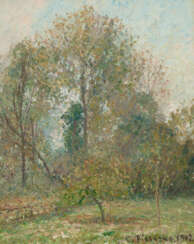jacques-emile blanche
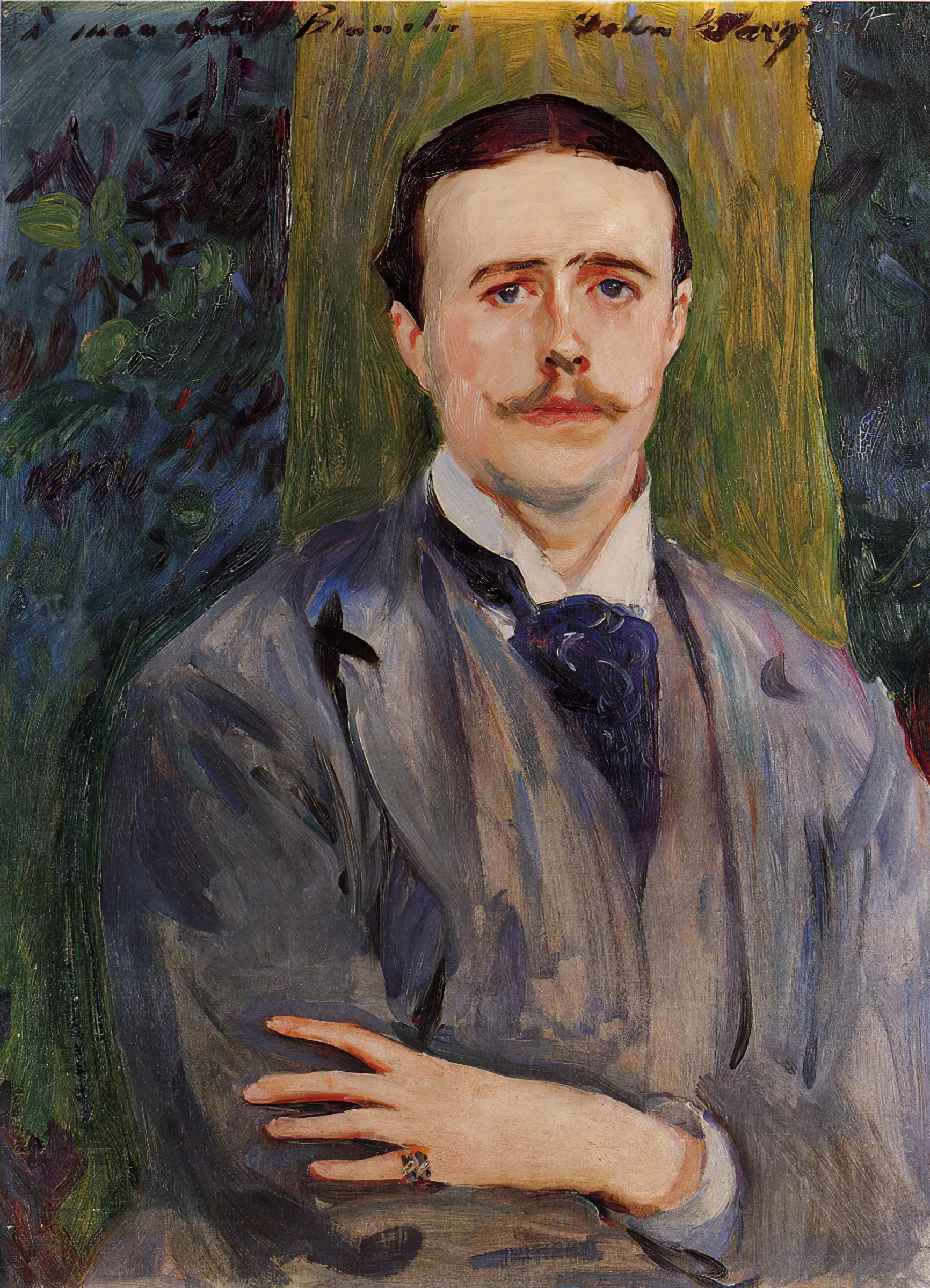
Jacques-Émile Blanche was a French artist, largely self-taught, who became a successful portrait painter, working in London and Paris.
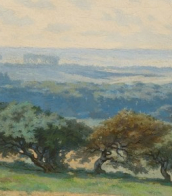

Jacques-Émile Blanche was a French artist, largely self-taught, who became a successful portrait painter, working in London and Paris.
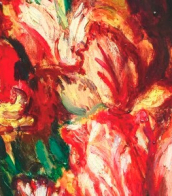

Jacques-Émile Blanche was a French artist, largely self-taught, who became a successful portrait painter, working in London and Paris.


Jacques-Émile Blanche was a French artist, largely self-taught, who became a successful portrait painter, working in London and Paris.
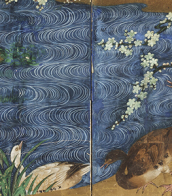

Jacques-Émile Blanche was a French artist, largely self-taught, who became a successful portrait painter, working in London and Paris.


Jacques-Émile Blanche was a French artist, largely self-taught, who became a successful portrait painter, working in London and Paris.
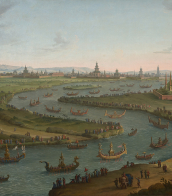

Jacques-Émile Blanche was a French artist, largely self-taught, who became a successful portrait painter, working in London and Paris.
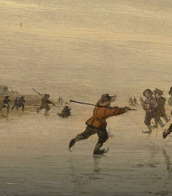

Jacques-Émile Blanche was a French artist, largely self-taught, who became a successful portrait painter, working in London and Paris.
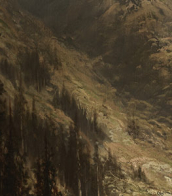

Jacques-Émile Blanche was a French artist, largely self-taught, who became a successful portrait painter, working in London and Paris.


Jacques-Émile Blanche was a French artist, largely self-taught, who became a successful portrait painter, working in London and Paris.
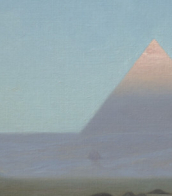

Jacques-Émile Blanche was a French artist, largely self-taught, who became a successful portrait painter, working in London and Paris.
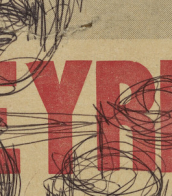

Jacques-Émile Blanche was a French artist, largely self-taught, who became a successful portrait painter, working in London and Paris.
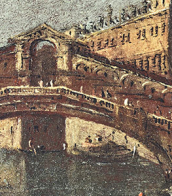

Jacques-Émile Blanche was a French artist, largely self-taught, who became a successful portrait painter, working in London and Paris.
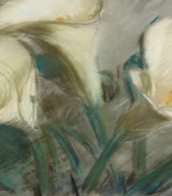

Paul Gauguin, a French artist born in Paris in 1848, is renowned for his significant contributions to Post-Impressionism, Primitivism, and Synthetism. Gauguin's art is distinguished by his experimental use of color and style, which set him apart from the traditional Impressionist movement.
Gauguin's early life was marked by a period in Peru, which influenced his artistic perspective. Initially, he pursued a career in stockbroking but soon turned to art, driven by financial necessity and a growing passion. His artistic journey began under the mentorship of Impressionist artist Camille Pissarro and through exposure to the works of other avant-garde artists.
The hallmark of Gauguin's work is his exploration of non-Western cultures, particularly during his time in Tahiti and the Marquesas Islands. This period saw the creation of some of his most famous works, including "Where Do We Come From? What Are We? Where Are We Going?" His paintings from this era, characterized by vivid colors and Symbolist themes, reflect a fusion of cultural influences and his quest for a "primitive" expression of spiritual and emotional states.
Despite his innovative style, Gauguin struggled with financial difficulties and health issues throughout his life. His work received little recognition during his lifetime, but posthumously, he gained acclaim for influencing modern artists like Pablo Picasso and Henri Matisse.
Today, Gauguin's works are celebrated in galleries and museums worldwide for their unique blend of cultural influences and artistic innovation. His enduring legacy is a testament to his unique vision and the profound impact he had on the art world.
Collectors and experts in art and antiques, stay updated on new product sales and auction events related to Paul Gauguin. Sign up now for exclusive updates and immerse yourself in the world of this visionary artist.
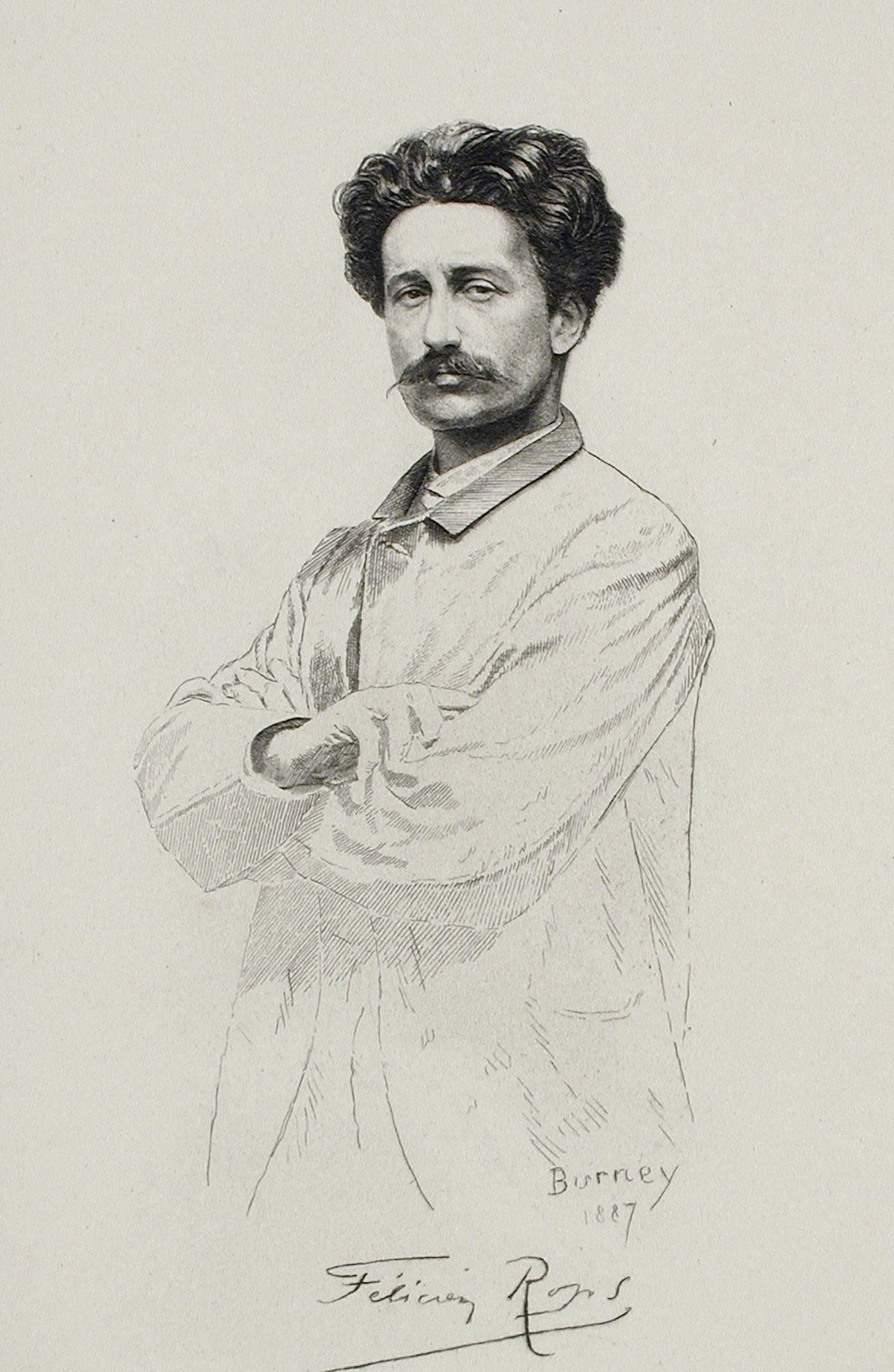

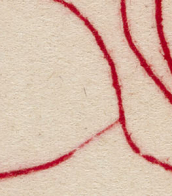
Camille Pissarro, a Danish-French artist, was a linchpin of the Impressionist and Neo-Impressionist movements. Born in 1830 on the island of St. Thomas, Pissarro's Jewish-Portuguese heritage and upbringing in the Danish West Indies infused his work with a unique perspective. He is celebrated for his depictions of rural and urban French life, particularly his landscapes that eschew artifice, highlighting the simple beauty of the natural world and the dignity of common people.
Pissarro's influence on the art world was profound. Not only was he a central figure in the Impressionist movement, helping to organize the collective's exhibitions, but he also mentored future Post-Impressionist masters like Cézanne, Gauguin, and van Gogh. His colleagues revered him for his wisdom, balance, and warmhearted nature. Pissarro's dedication to the Impressionist ethos was unparalleled; he was the only artist to exhibit in all eight Paris Impressionist exhibitions from 1874 to 1886.
Among his notable works, Pissarro's 'Hay Harvest at Eragny' (1887) exemplifies his shift towards Neo-Impressionism. This piece, housed at the Van Gogh Museum in Amsterdam, showcases his exploration of tonal values and pointillism. Another poignant work, 'Jeanne Holding a Fan', captures the fragile beauty of his young daughter during her illness, and is a testament to his ability to convey deep personal emotion through art. This work is displayed at The Ashmolean Museum in Oxford.
For art collectors and enthusiasts, Pissarro's works remain a testament to the transformative power of Impressionism and its impact on modern art. His paintings, characterized by their revolutionary depictions of everyday life and nature, continue to be celebrated in major museums around the world.
To stay informed about upcoming sales and auction events featuring works by Camille Pissarro, sign up for our updates. This subscription is an opportunity for collectors and art experts to connect with the enduring legacy of one of Impressionism's pivotal figures.
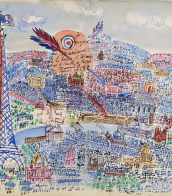
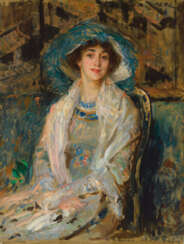





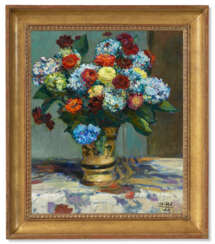












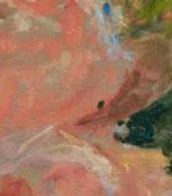
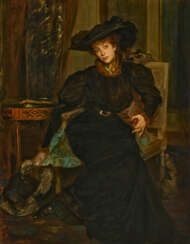

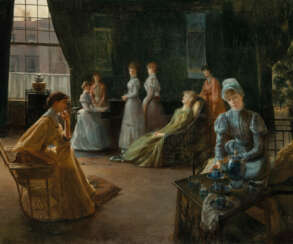

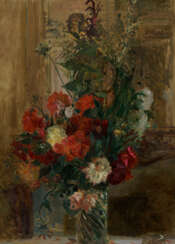



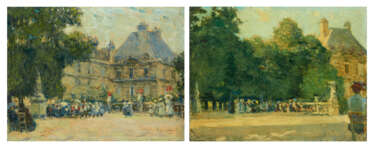

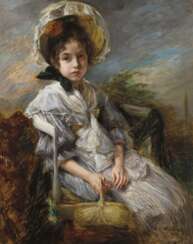

![[REVUES]](/assets/image/picture_3807250/892d8/dc3db82894376503e72508d2fd423b8b1710234000jpg__fix_374_244.jpeg)
![[REVUES]](https://veryimportantlot.com/assets/image/picture_3807250/892d8/dc3db82894376503e72508d2fd423b8b1710234000jpg__fix_374_244.jpeg)
